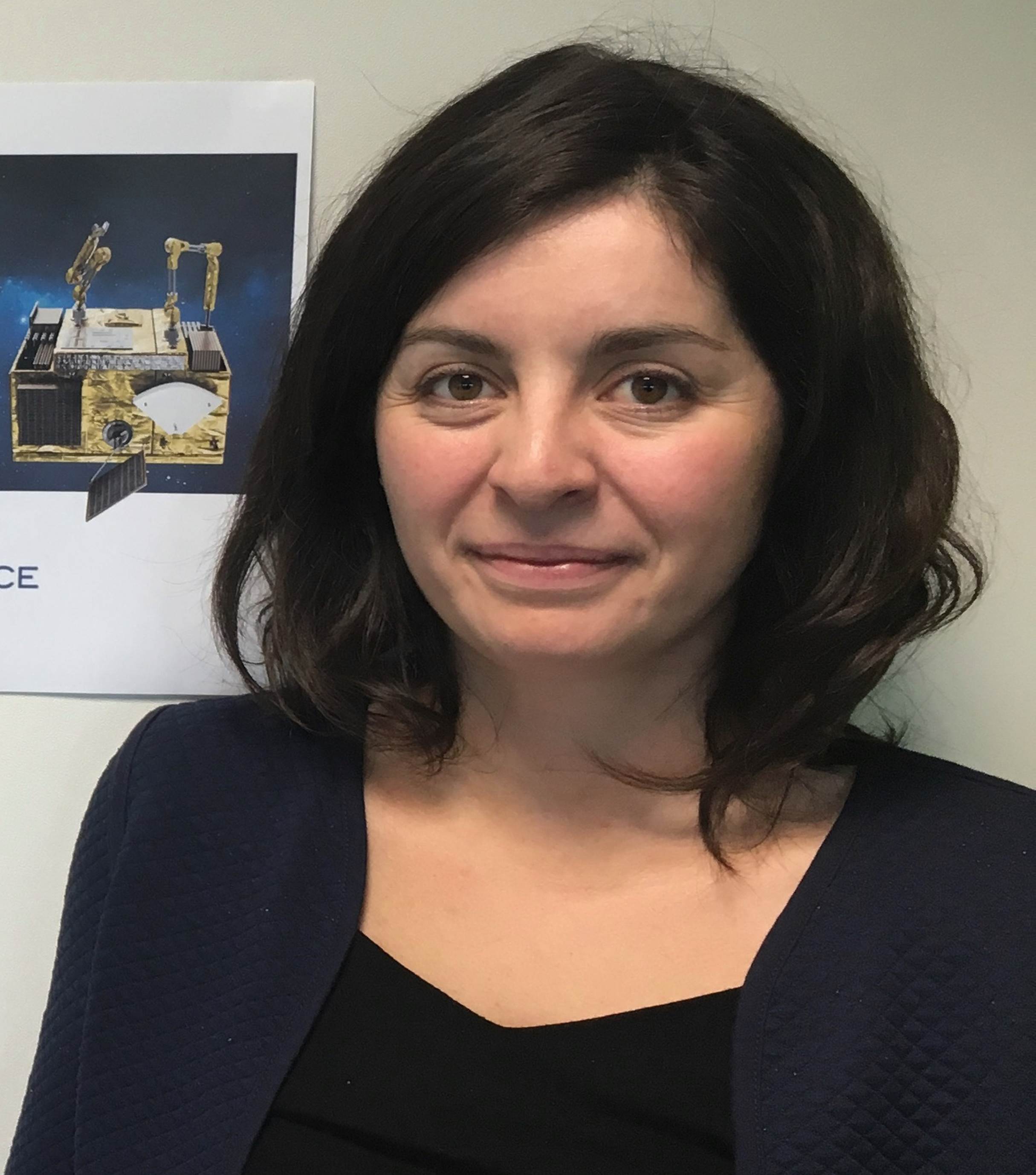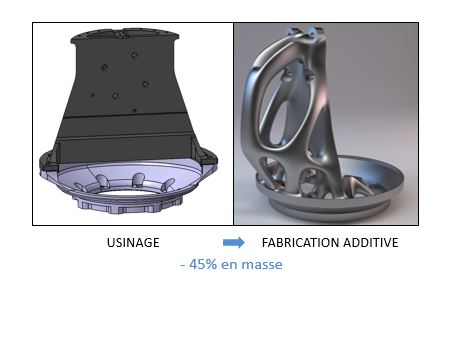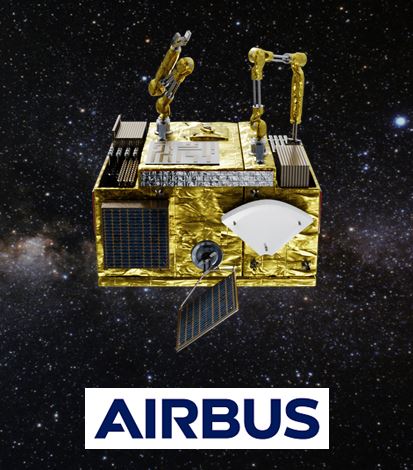 Airbus is one of those European groups that no longer needs a long-winded introduction because its expertise is recognized in the aerospace, space, civil and military sectors. While additive manufacturing is still trying to find its bearings among the general public, for industrial applications, its potential is no longer needs to be proven,, it is simply fully exploited.
Airbus is one of those European groups that no longer needs a long-winded introduction because its expertise is recognized in the aerospace, space, civil and military sectors. While additive manufacturing is still trying to find its bearings among the general public, for industrial applications, its potential is no longer needs to be proven,, it is simply fully exploited.
With the awareness of the manufacturing constraints in a sector such as aeronautics, Airbus is no exception to the rule and pushes innovation further, in space. However, for many professionals, active or new to this sector of activity, it must be said, limits must be apprehended, working techniques must be rethought.
Delphine Carponcin, Product Development Engineer at Airbus Defense and Space, shares Airbus’ experience in this sector, the points to pay attention to and the solutions of the industrial group in the space sector.
Airbus took part in the dossier of 3D Adept Mag’s June issue.
What do you think about the integration of 3D metal printing in the manufacturing processes within the aerospace sector?
Additive manufacturing is a technology that is today considered just as much as conventional technology such as machining. Its biggest challenge is to show its ability to be reproducible in terms of properties when making parts.
What are the limitations of this technology for this sector?
Primarily, we have a limit with the size of manufactured parts. In a closed environment for example, the machines can manufacture metal parts from 400 mm to 500 mm. However, the manufacture of larger parts requires the use of different technologies and different measurement units. The use of robotic arms is preferred for manufacturing, however, the integration of laser-based additive manufacturing raises challenges in terms of deposition rate (high deposition rate) because the larger the room means more material must be dropped at a quicker speed.
As far as materials are concerned, at Airbus, we mainly use titanium and aluminum. We do not really encounter limits at this level.
Finally, economically speaking, we need to go further than the conventional techniques and efforts still need to be made in this direction.
Could you explain how Airbus designs its parts using metal additive manufacturing?
Our metal parts are made with titanium and aluminum. We also have parts that integrate radio frequencies and we are also working on developing parts with integrated thermal functions. It is for the latter group for example, to rework the design of a room whose first function would be the mechanical function and to pass fluid inside.
Do the manufactured parts have the same mechanical characteristics as those obtained by the methods of manufacturing by removal of material?
Titanium parts have mechanical properties that are equivalent to other metal properties. For aluminum, certain series of alloys can be compared. A 4000-aluminum part obtained by ALM integrates properties that are similar to a conventional aluminum part.
In other words, when we use the same properties and the same alloys as traditional technologies, we will have mechanical properties that are close but aluminum will require the use of a specific alloy to be able to use it in the additive manufacturing.
Lastly, at the very beginning of the design phase, a particular attention should be paid to the “santé matière”: metal parts in ALM are still characterized by a slight porosity, which must be taken into account in the analysis and assessment of an alloy or a part.
In terms of cost and production time, is additive manufacturing technology more advantageous than other manufacturing methods at Airbus?
In terms of costs and production time, we take into account:
That there is a gain in mass, because one can manufacture optimized geometries.

As far as manufacturing times are concerned, for the time being we are equivalent to conventional techniques because additive manufacturing also involves a lot of control and verification. The more mature the technology, the more control time will reduce. Over time, we will reduce the delivery time of parts.
In terms of cost, the comparison must be made on single pieces or families/groups of pieces but here we gain the ability to create parts that are not possible with machining. In addition, there is certainly a cost advantage when it comes to making multiple pieces as one.
However, it must be kept in mind that the cost analysis must be done by family and/or groups of parts.
Do you think that in the long-term 3D printing will completely replace the conventional manufacturing methods (by removal of material)?
No, machining and additive manufacturing are complementary technologies. It is therefore difficult to say that additive manufacturing will replace machining.
However, mentalities must evolve. One must be able to work with the specificity of technology from mechanical properties to material health, in fact, understand how part geometries change and keep in mind that the rendering will certainly change depending on the materials used. It is not because it is different that it necessarily imposes limits. Today, there are automatisms that must evolve.
What about the latest Airbus initiatives in the aviation industry?
We are currently working with the European Space Agency on the development of a 3D metal printer to send it into space and we are manufacturing robotic structures.
The challenge is to build a tool that respects maximum security conditions in the space environment, while meeting the needs of metallurgy. Unlike polymers that are heated to 200 ° C, we have to work the metal at a higher temperature, 1000 ° C.

What about weight characteristics in an environment subjected to such extreme conditions?
The starting point being the land, the game is to find a way to gain the maximum possible mass from the Earth. By sending the raw material for example, a piece that is 10 kg on earth will have its mass divided by 2 per orbit.
Indeed, a satellite and its elements are designed to support their launch and Earth’s gravity. By overcoming such constraints inherent in their manufacture on Earth, a part can be less complex, less solid, and therefore less heavy. Thus, a 10kg-part that should have been launched from the ground could be made directly in orbit with only 5kg of material sent.
What would be the main benefit of having a 3D metal printer in space?
Having a 3D printer would allow the parts needed to be made directly at a given moment, thus reducing the number of replenishments and trips in space.
One last word to add?
We believe in additive manufacturing for our metal products. If the technology is not yet mature, working methods should evolve in order to better master the technology.
//pagead2.googlesyndication.com/pagead/js/adsbygoogle.js
(adsbygoogle = window.adsbygoogle || []).push({});





